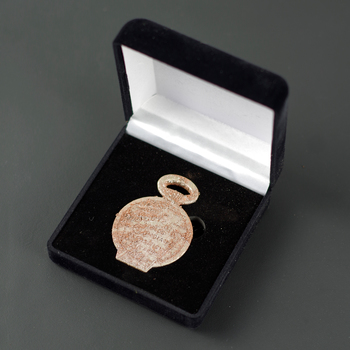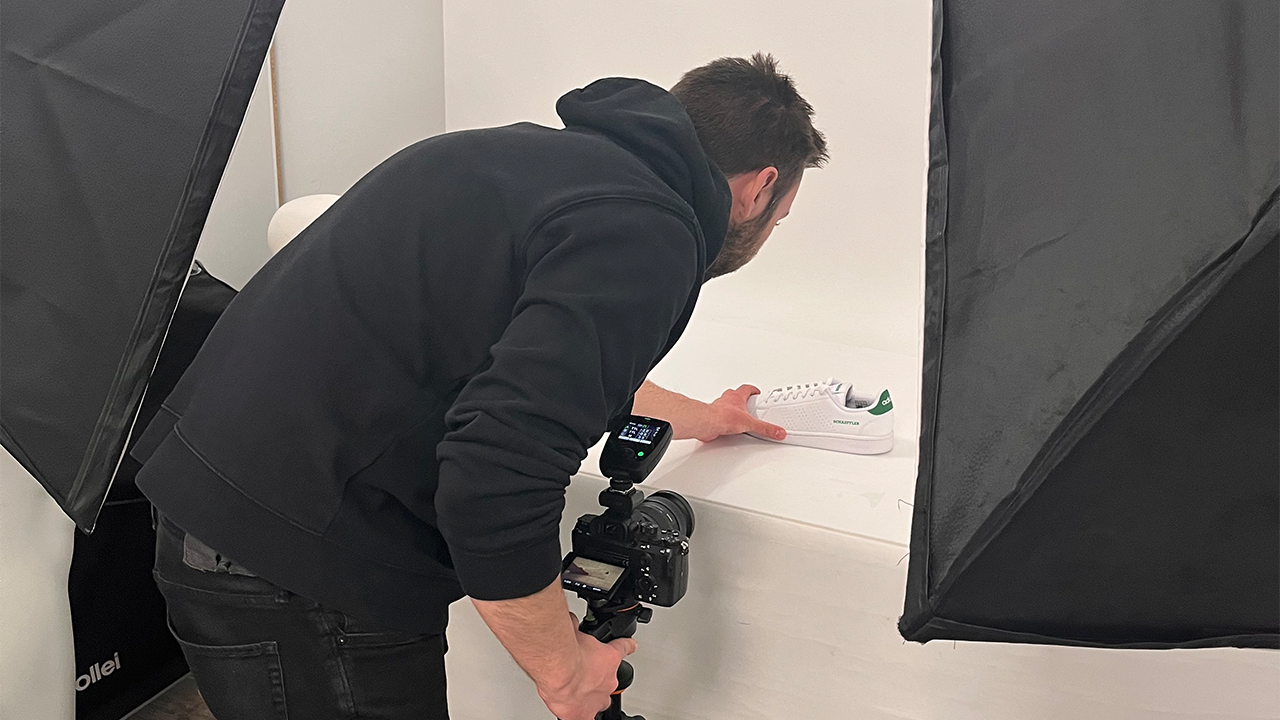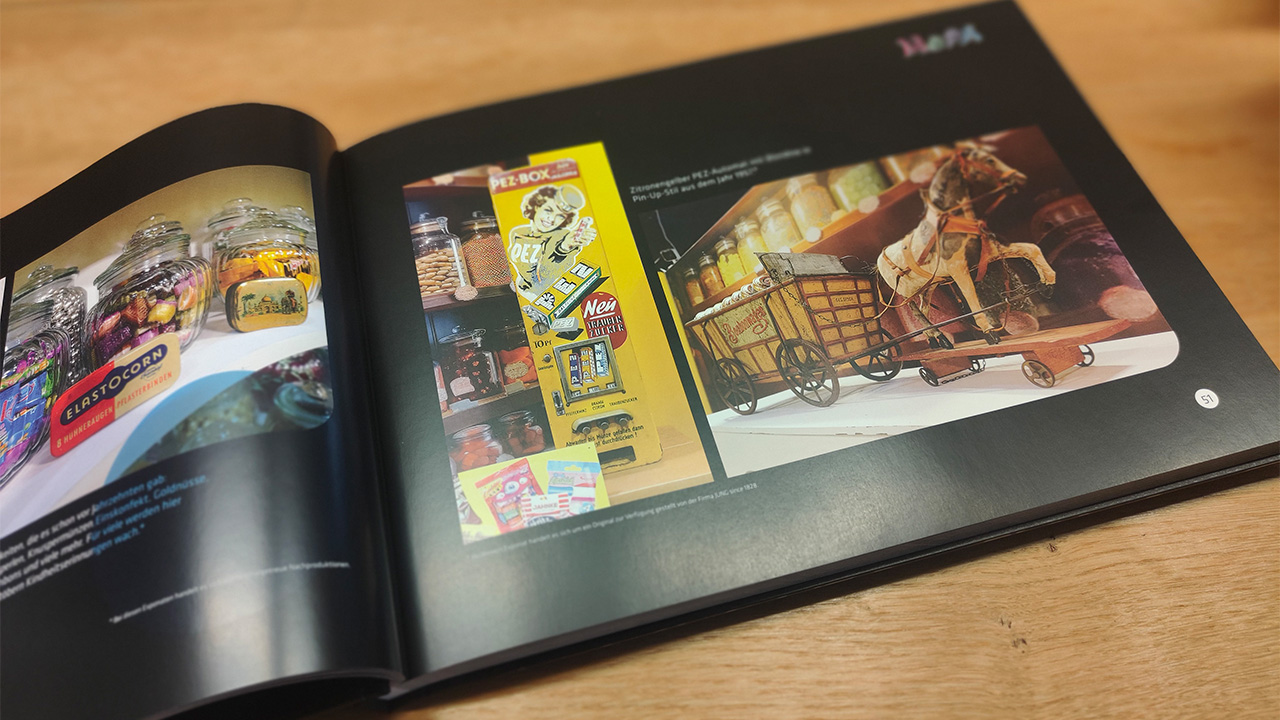Keychains have a fascinating history dating back over 3,000 years, beginning in ancient Egypt. Originally they were not used for organizing purposes, but rather as jewelry and good luck charms, although lucky amulets could be found already in antiquity.
The earliest references to the use of locks and keychains date back over 3,000 years and come from Egypt. The history of the keychain accompanied the development of locking mechanisms. However, keychains are not only good for organizing, but serve also as jewelry and good luck charms. As for lucky amulets, they go back even further in human history.
The Metropolitan Museum of Art in New York has an ancient Egyptian hedgehog shaped amulet on display that was made around 1700 BC. The Celts, in turn, associated good luck with rabbits, believing that they could communicate with the spirits of the underworld in their caves. While the wearing of a rabbit’s foot has been associated with improved fertility.
Further development took place during the Roman Empire, which placed greater emphasis on the aesthetic design of the now extremely decorative key rings. Today, examples from this period can be seen in museums all around the world. Keychains became less important in the Middle Ages, as at that time the common practice was more to hide possessions than to lock them away.
Nowadays, we all lock and unlock locks several times a day without ever thinking about what we are actually setting in motion. Locks and keys are a relatively new phenomenon in human history. In the past, people lived as hunters and gatherers, which made the use of locks less practical. It was only when people became settled that they began to use simple latch locks for their permanent houses. With the development of locking mechanisms, people were now able to better protect themselves against theft, but there was now a risk of losing the appropriate keys.
The forerunners of today’s “real” locks, such as the laconic lock or the drop-latch lock, have been in use for centuries and in some cases until the 20th century. Quite a number of locking technologies served as forerunners for the development of modern locks while their technological tradition goes back thousands of years. Here as well the ancient Romans were particularly inventive. Countless keys from that time can still be found today, but the innovations were lost, especially during the mass migrations, and over time had to be re-made again.
And the more the development of locking mechanisms was progressing, the more widespread keychains became. The essential key ring was designed by the civil rights activist Frederick J. Loudin in 1894. During World War II, soldiers carried lucky tokens with them on the battlefield. A few years later, keychains initially became an extremely popular souvenir item for tourists. Car manufacturers began offering custom keychains to their customers, which then became collector’s items.
In the 1940s this versatile and practical accessory experienced its boom, when, in addition to the classic versions made from metal, also plastic ones flooded the market in large numbers. And with commercialization, more companies discovered the keychain as a promotional item. A lot has happened since then; design and additional functions offer endless possibilities.








